All projects of the Snowland Children Foundation
in India and Nepal
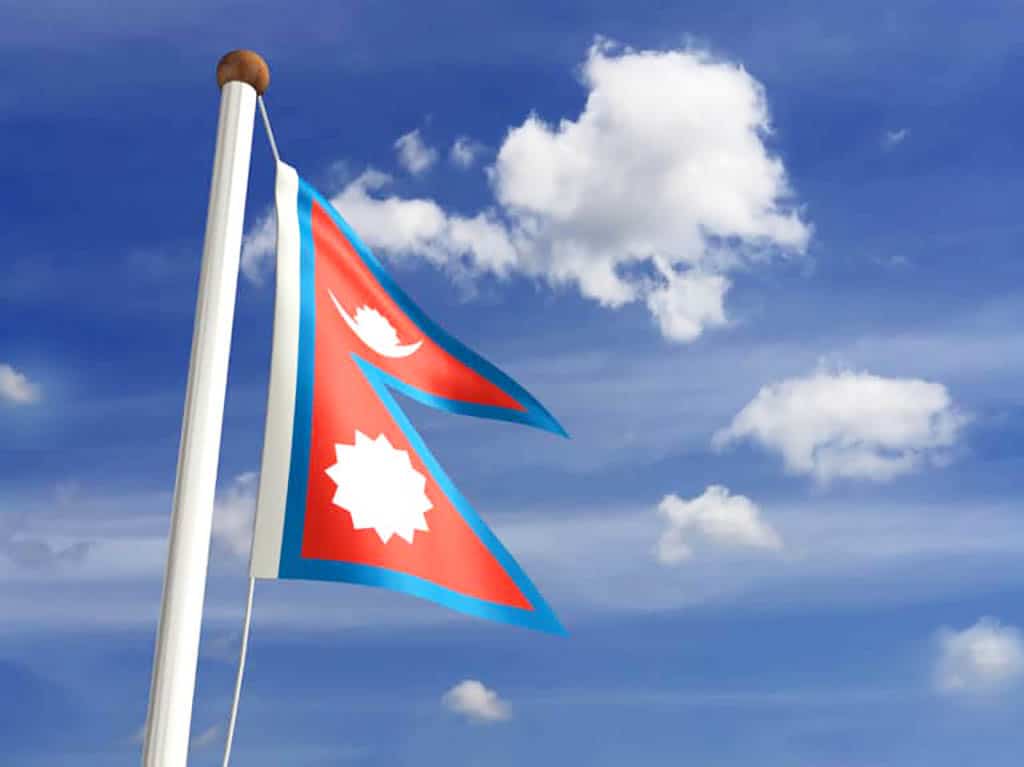
Activities for Tibetans in Nepal
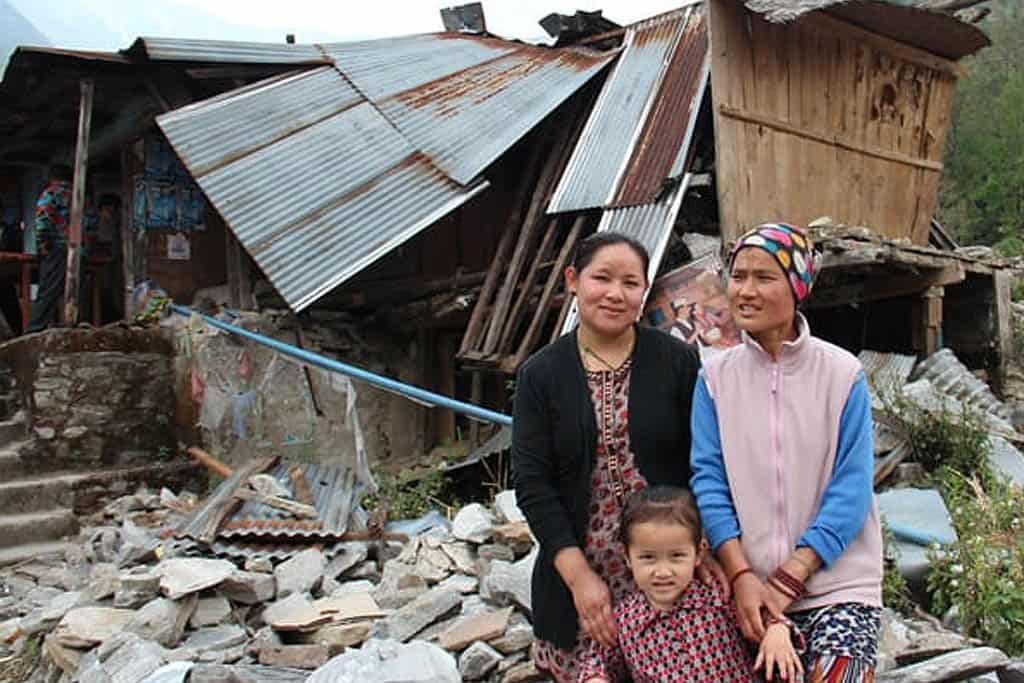
All 3 people, one of them a teacher in the village, were buried for 3 days after the earthquake, but fortunately were recovered with only a few injuries!
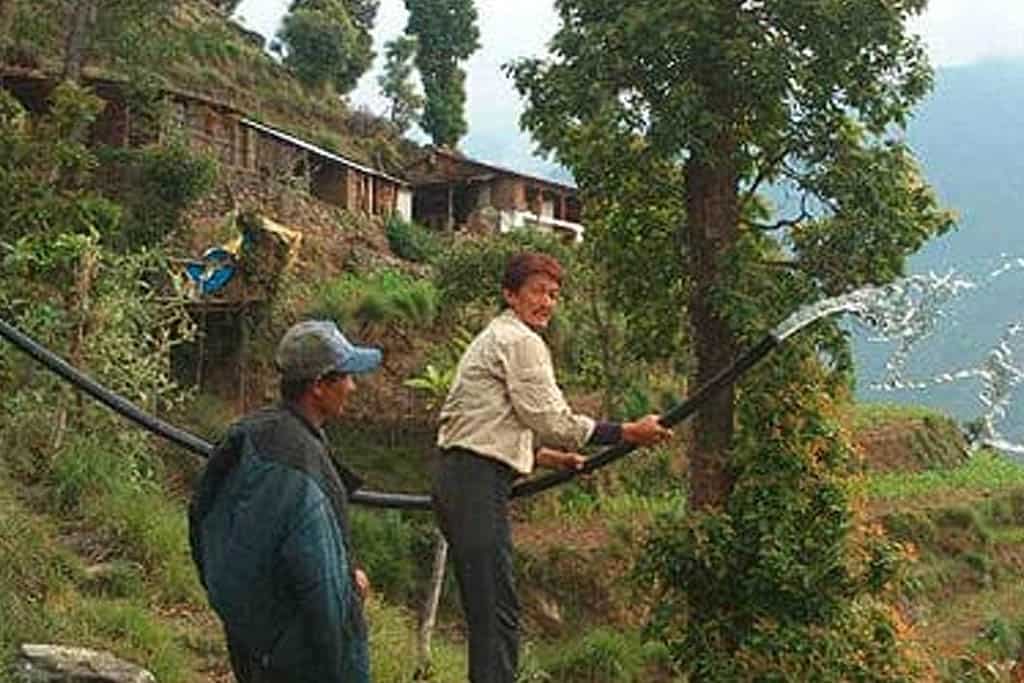

Urkin Sherpa in front of the completed Kakani School in Embalama in spring 2018.
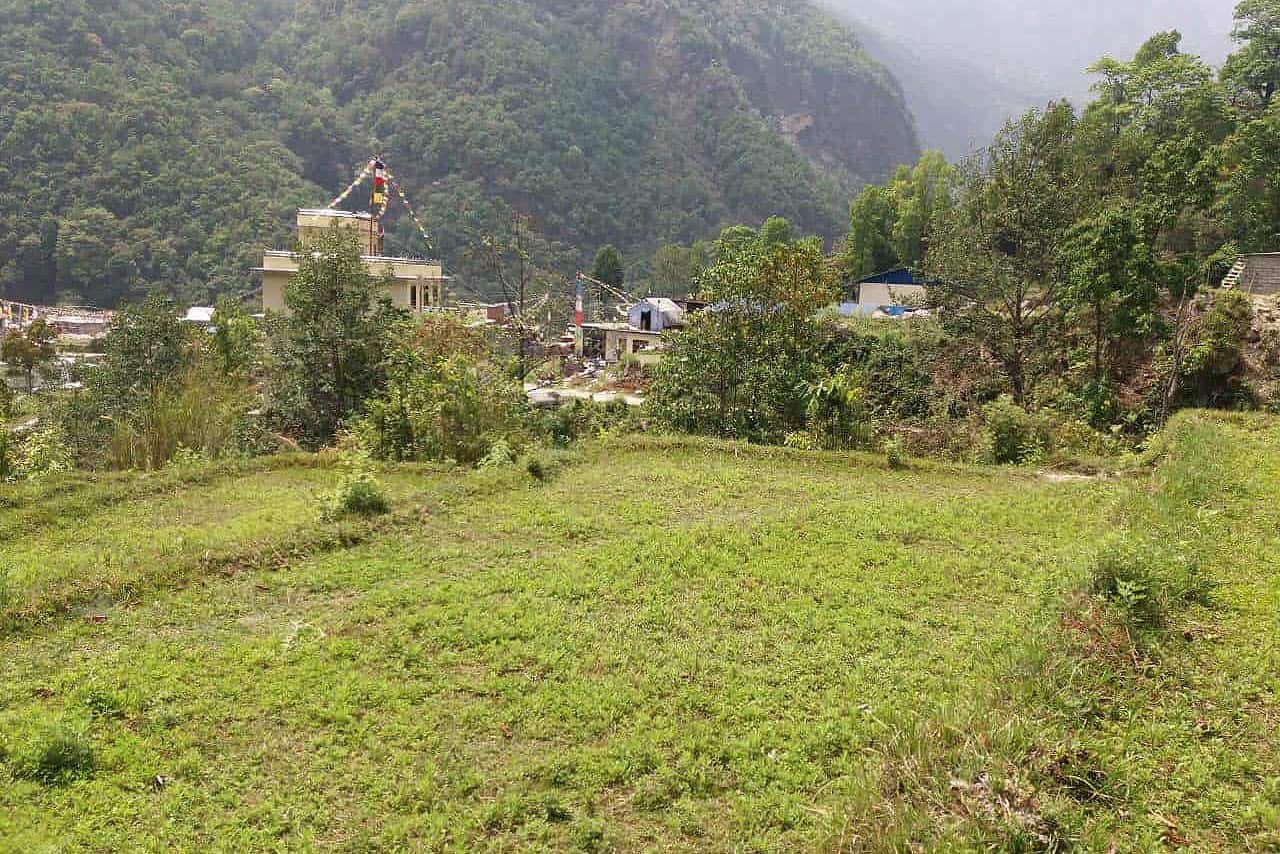
On this site we want to build the model farm with the greenhouse
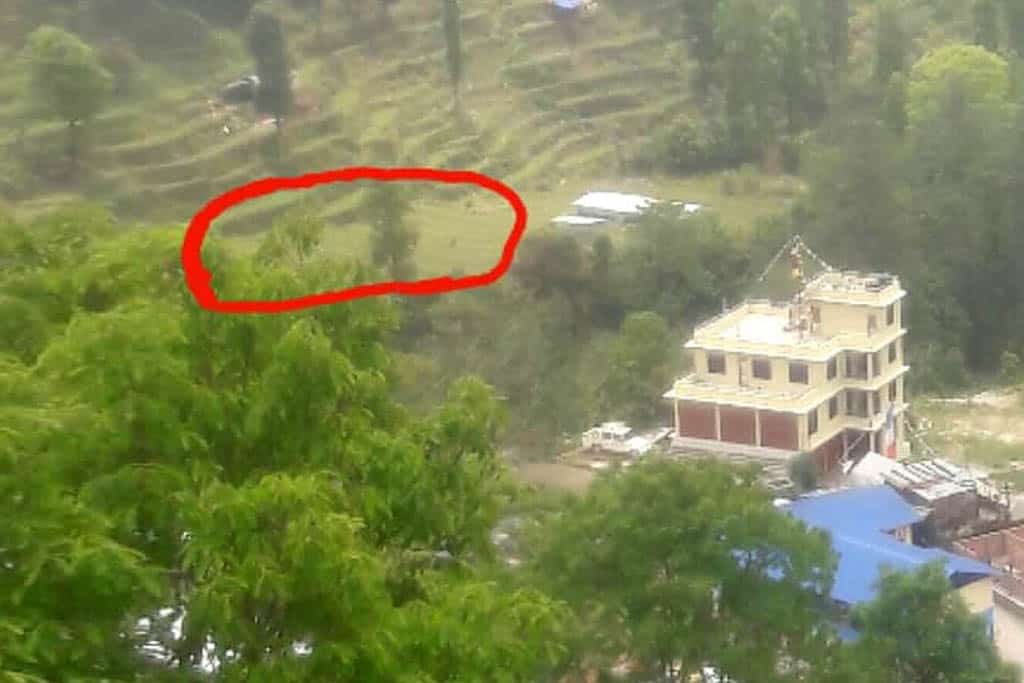
Here you can see from a distance where we built the first greenhouses
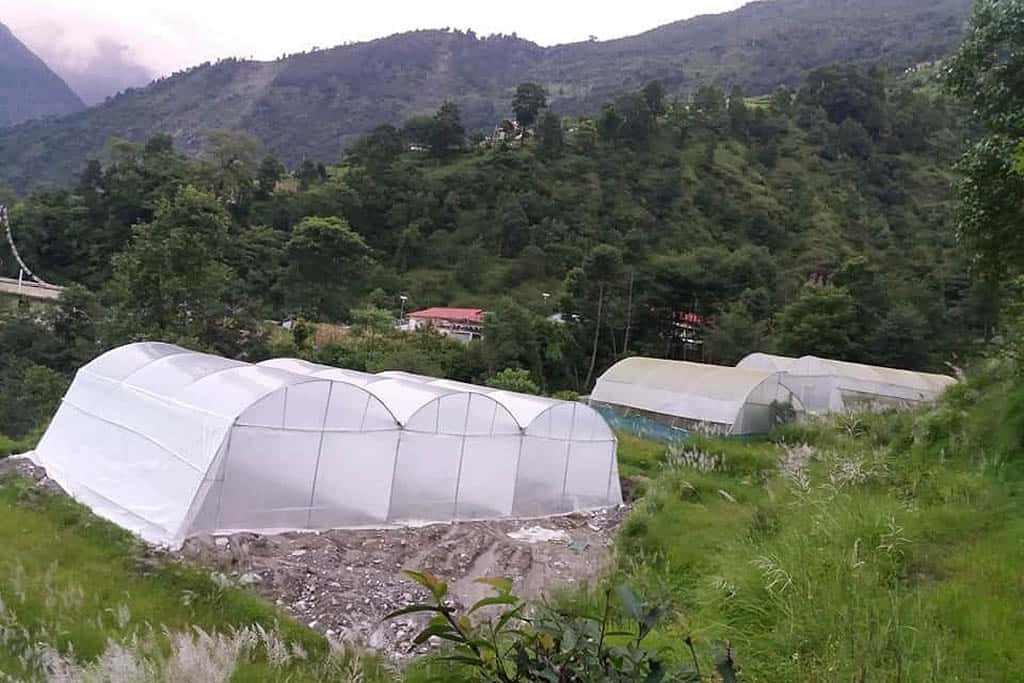
These are 2021 doe finished 4 greenhouses
Tibetan Sherpas in Nepal
The devastating earthquake in spring 2015 destroyed over 90% of all houses in the Helambu region, which has been Tibetan populated for many centuries. Tibetans are one of the four minorities in Nepal. Until 2018, the government had done nothing to help there. The inhabitants were completely left to their own devices; for years, external help was only available through private initiatives.
Caritas Switzerland and Helvetas Switzerland started to provide assistance in the lower village of Timbu in 2017: Helvetas built a new water pipeline in 2017 and Caritas rebuilt the destroyed Golma Devi secondary school by spring 2018. In the upper village of Embalama, where the water pipeline had been destroyed since the earthquake and villagers have to fetch water from far away, there has been no help so far. There, the Kakani school had also been completely destroyed and the students had to be taught in makeshift tents.
We have chosen the mini-region around Timbu for the activities of the Snowland Children Foundation, because my Tibetan-Nepalese partners Lhakpa Lama and Urkin Sherpa originally come from there and know it very well. They are therefore able to “manage” the necessary work with the smallest possible financial means. The villagers help practically for free and we get the best prices everywhere. There is a main village or “sub-village”, Timbu and then a smaller village Embalama about 2 hours drive with the four-wheel drive up the mountain to about 2,200 meters altitude, on which we have concentrated at the beginning, because here except us no one has provided help. About 200 people still live there.
In 2016, I was for the first time in the region of Nepal that had been most severely affected by the terrible earthquake in 2015 and, together with my partners, had defined 2 projects that we had assumed we could manage with our then still very young foundation. In 2016, we first did a few smaller projects.
A report can be found at
Update 2016
After completion of these first projects (2 community houses) we started the water supply of Embalama and the Kakani school in Embalama. These two projects have also been completed since 2018.
The restoration of the water supply and the “Kakani” school project in the small village of Embalama.
On the completed project 2018: Water supply
About the completed project 2018: Kakani School in Embalama
The new project:
An ecological farm “Eco-Farm” in Timbu
In 2019 we have defined a big NEW project for TIMBU: An Eco-Farm, that is a biological organic farm / farm in Timbu. We have defined the project with the (already existing) “Woman’s Association” (Cooperative in the village with 35 members). Depending on the amount of donations, we are now successively implementing it. Details and the current status can be found under:
An Eco-Farm in Timbu: We build a model farm in the earthquake zone in Nepal
First of all, we wanted to build large greenhouses, which should help the small village population to earn a little more money. These regions have always suffered from extreme poverty and thus also from rural exodus, which has been greatly exacerbated by the earthquake, especially among the young population. We would like to counteract this.
The land belongs to some members of the women’s organization, who make it available to the project free of charge. Our plans are very ambitious:
After the greenhouses, an Eco-Café should follow, which should be available for the trekking tourists of the Helambu region, but also for the village population and volunteers. In addition, we would like to build a guest house where volunteers and trekking tourists can stay overnight. We also plan to hold a weekly market there one day.
This project can hopefully offer jobs especially to the younger population in Embalama or Timbu to keep them in the village. Many of the young people have a comparatively good school education, but afterwards they cannot find a job in the country. They go to Kathmandu, where they easily drown in the ever-growing juggernaut of the big city. Or they try directly to get abroad somehow, where they can at best still transfer money home, but are otherwise lost to the country and their place. THIS IS NOT THE FUTURE OF THE TIBETANS IN NEPAL!
So what is the exact plan?
More info on our ambitious goal:
>>> To the whole project of the Eco-Farm, for which we hope for support from Swiss organizations but also from our benefit group in Bichelsee-Balterswil

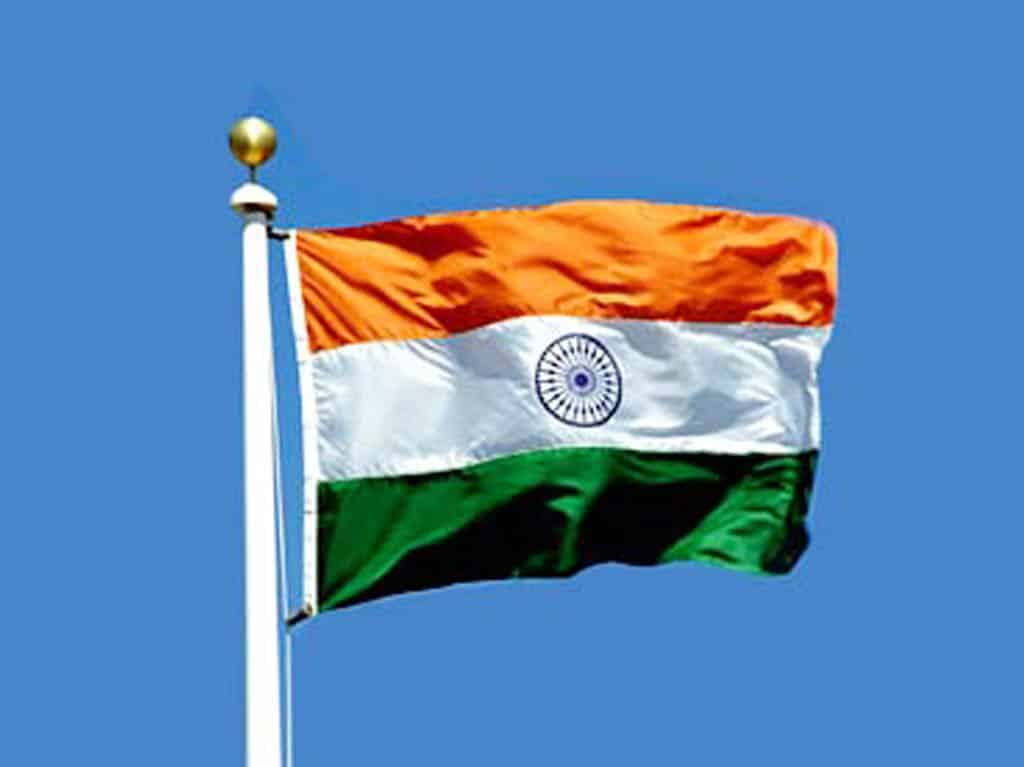
Activities for Tibetans in India
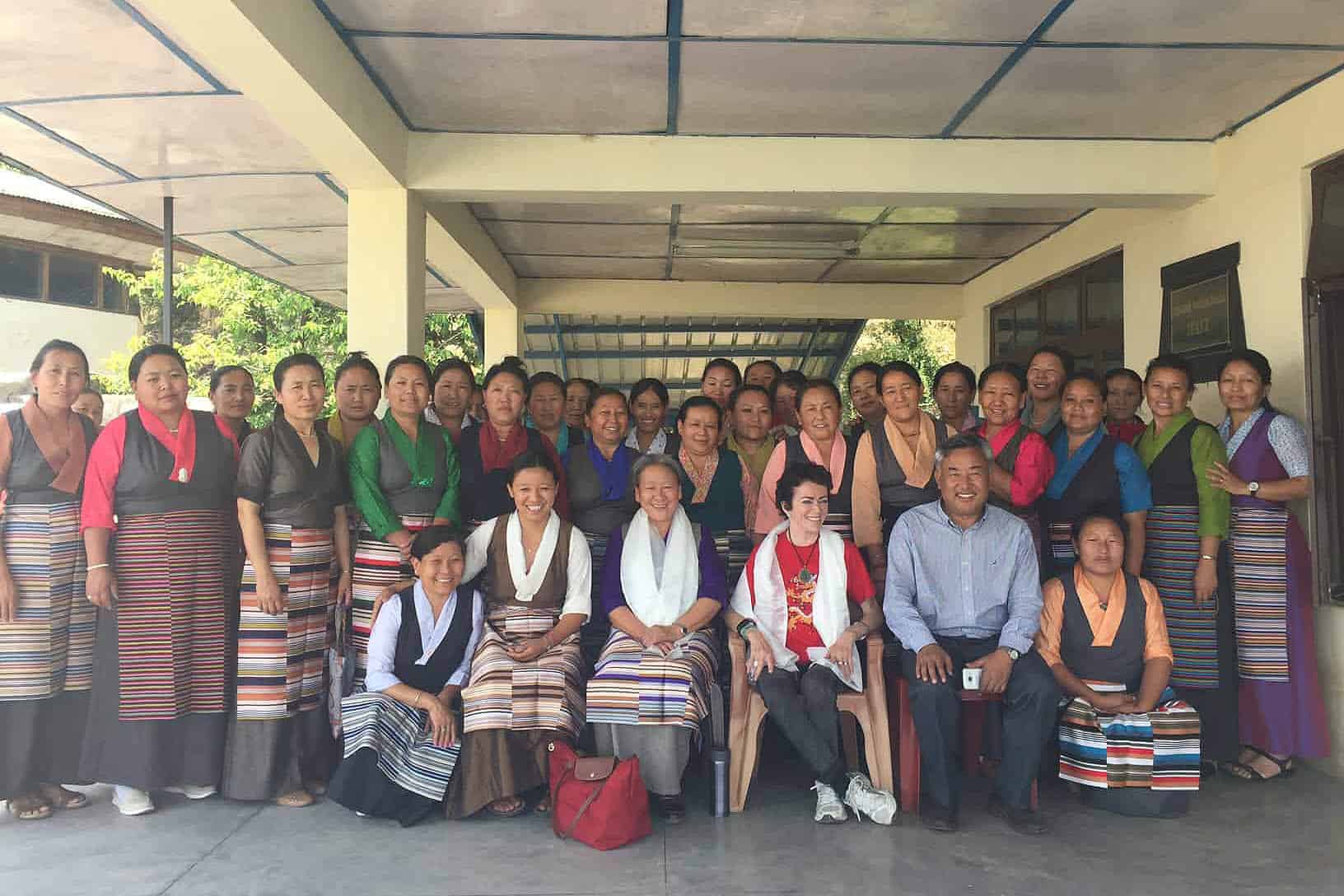
House mothers, so-called Amalas in Dharamsala
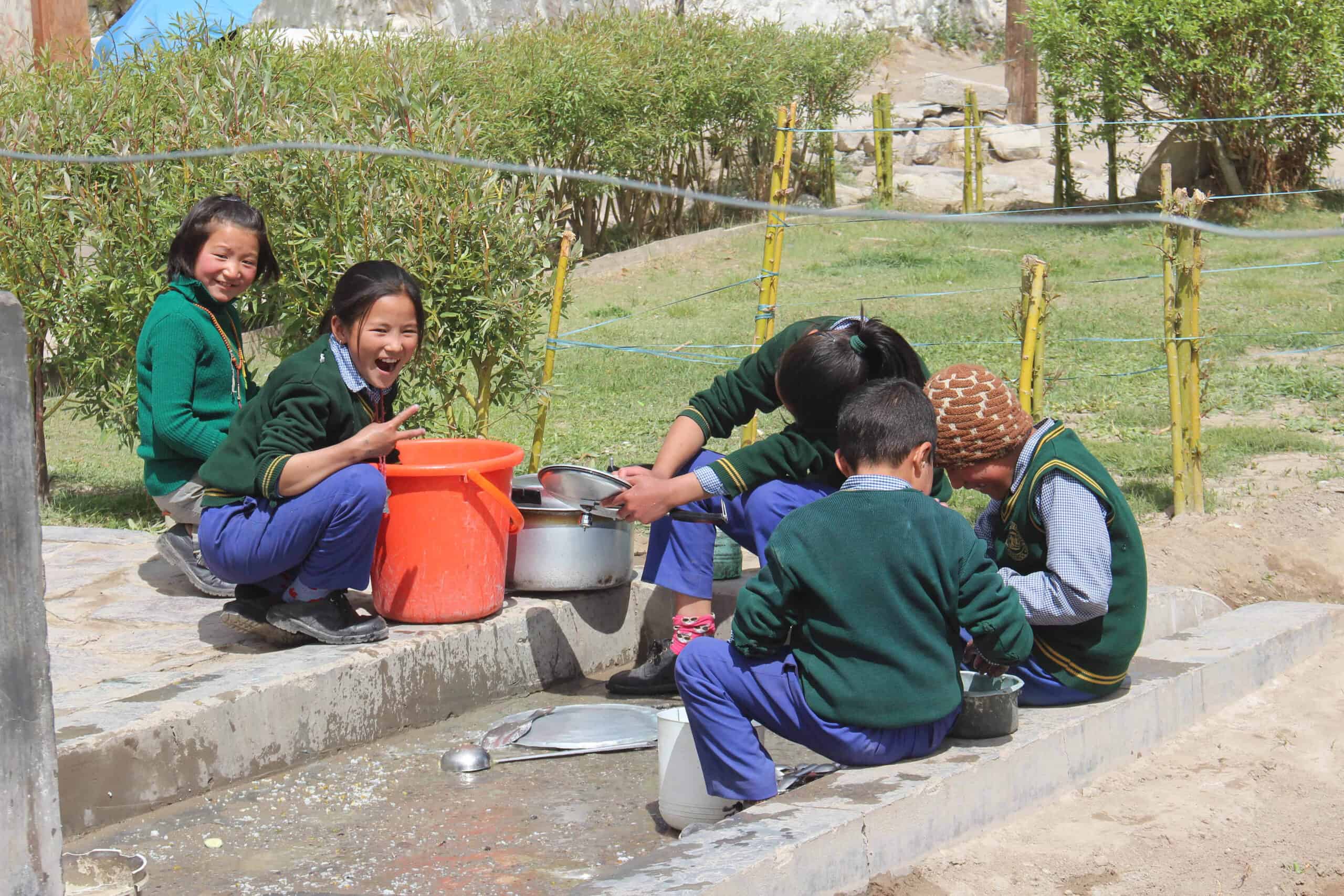
Children washing up lunch at TCV Choglamsar in Ladakh.
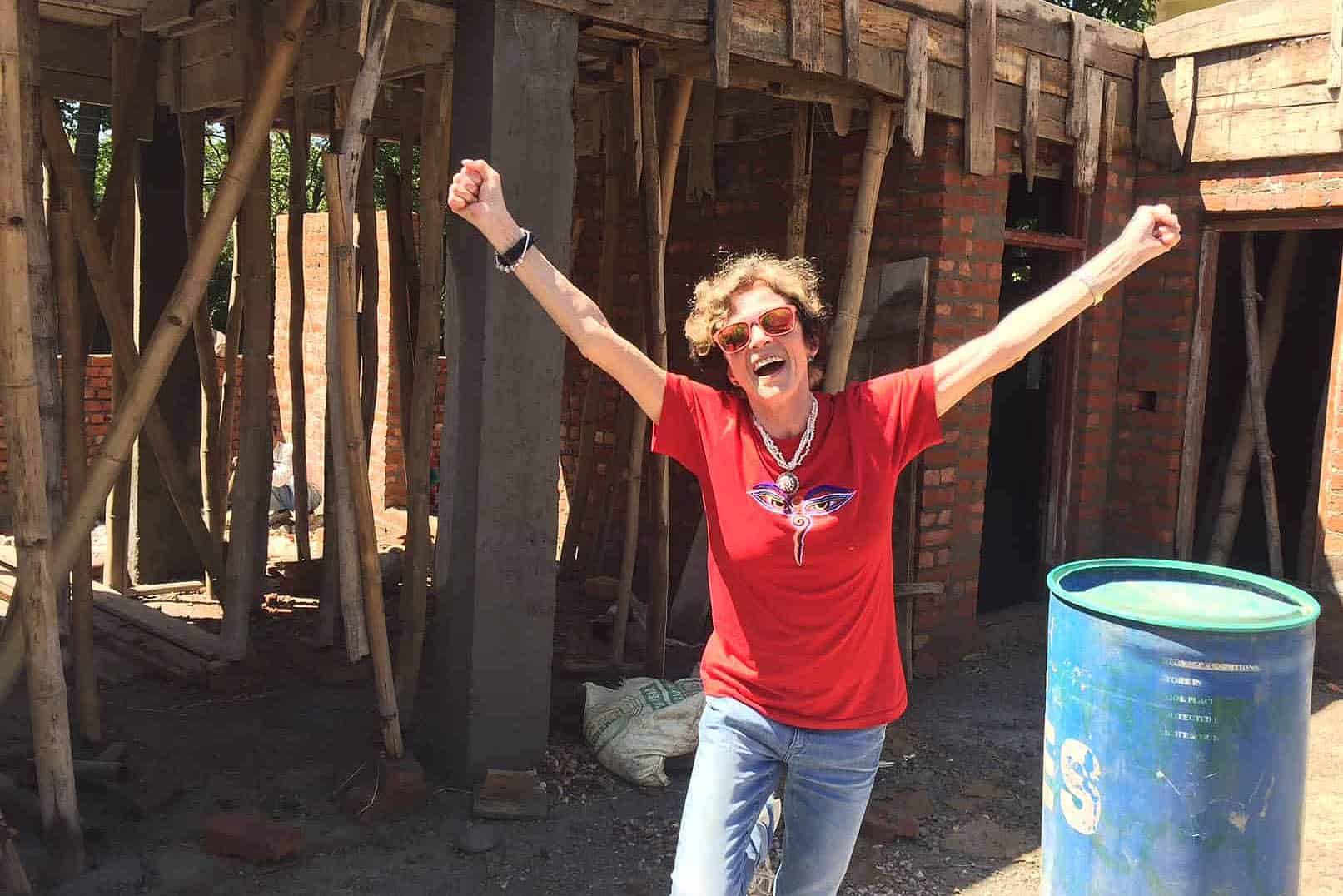
I jump for joy when I see the shell of the cow barn in the spring of 2018!
Tibetans in India today (especially in Northern India, McLoyd Ganji near Dharamsala, the residence SH of the Dalai Lama).
There are 8 large TCVs = Tibetan Children’s Villages in India, most in the north, but also one in the south and in Ladakh.
In India, many Tibetan children have found a new home in the 8 Tibetan Children Villages (TCV). They were founded in the early 60s by SH the Dalai Lama. First his older sister and after her death the younger sister, Jetsün Pema-la, led the children’s villages for 42 years. The current president of all TCV’s, Thupten Dorjee-la, is no longer from the Dalai Lama’s family.
At “peak times” up to 15,000 children between 5 and 18 years of age lived in these children’s villages, which are organized like an SOS Children’s Village or Pestalozzi Children’s Village and also maintain close cooperation with them. After the Tibetan popular uprisings in 2008 and 2009, the borders between Tibet and Nepal were increasingly guarded by Chinese soldiers and today only a few children cross the border. Nevertheless, there are still about 8.000 children living in the 8 TCV’s, because meanwhile also needy Indian children e.g. from the Himal Pardesh region, where Dharamsala is located, are accepted into the TCV’s.
The Snowland Children Foundation takes care of the quality of nutrition in the children’s villages, especially with the help of various training measures in nutrition (the president of the foundation board is herself a doctor of nutritional sciences).
In addition, in 2017 / 2018 we started to build a cowshed as a pilot project in TCV Chauntra in northern India, about 4 hours drive from Dharamsala, also located at the foot of the Himalayan range. In the meantime, this “Snowland Farm” is already working for the second year and contributes to giving the 850 children in the children’s village at least 1 glass of milk per day with valuable protein and calcium.
More info under the projects:
